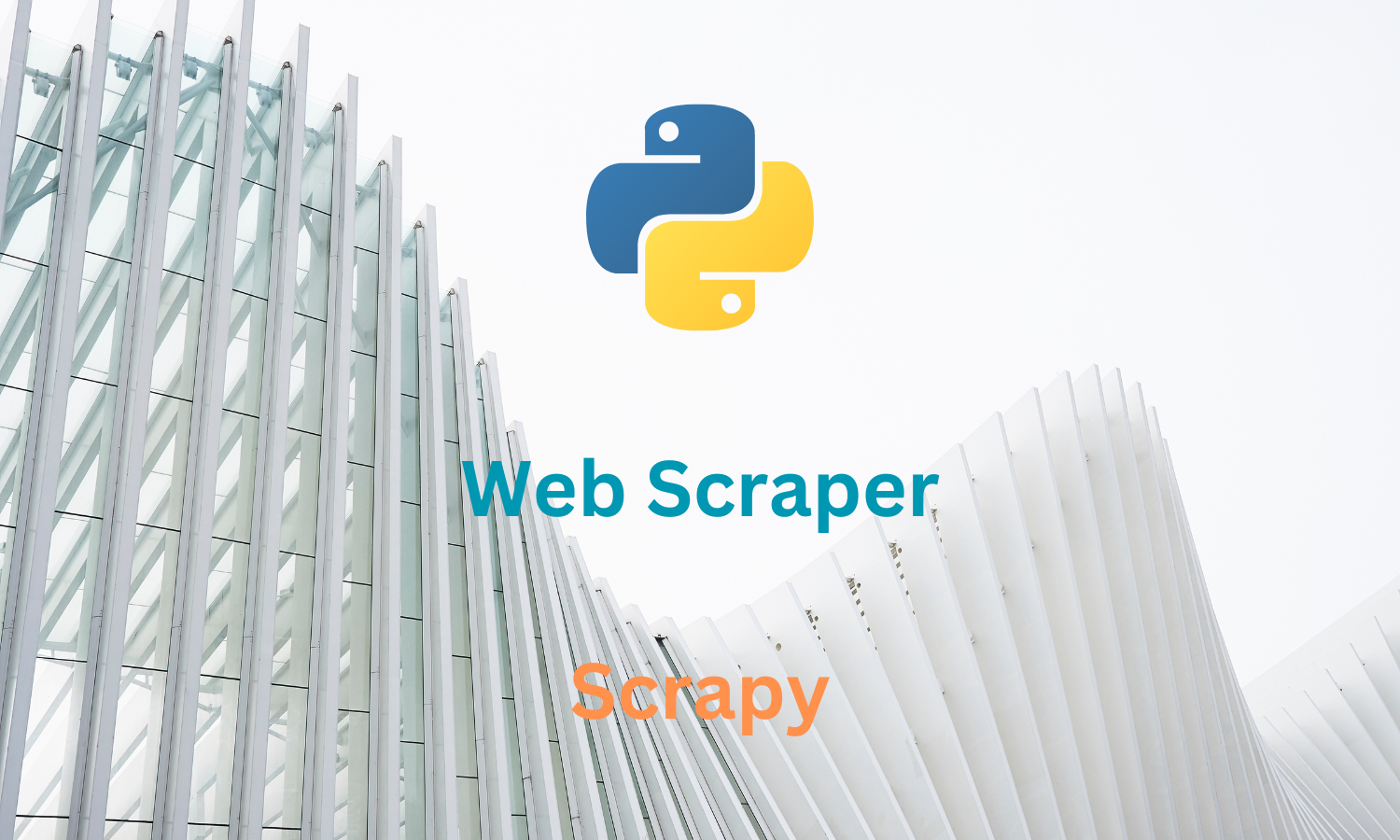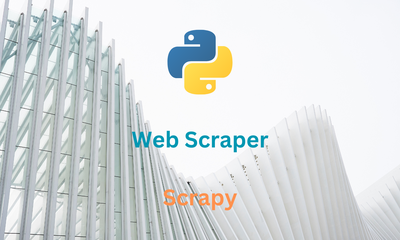By JoeVu, at: 11:59 Ngày 19 tháng 3 năm 2023
Thời gian đọc ước tính: __READING_TIME__ phút


By JoeVu, at: 11:59 Ngày 19 tháng 3 năm 2023
Thời gian đọc ước tính: __READING_TIME__ phút


